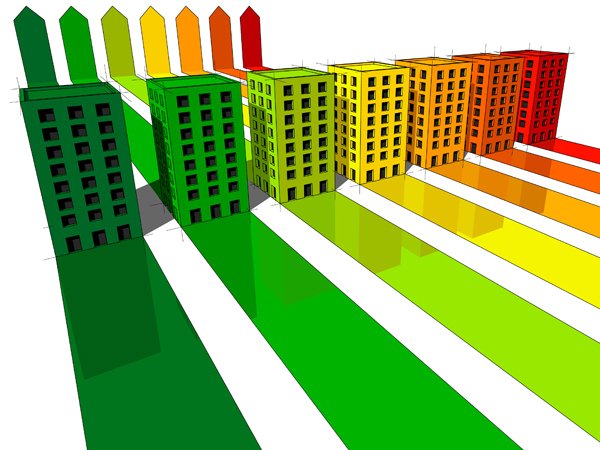Energy efficient buildings provide much more than cost savings
Written by Mark Sait
Posted on May 18, 2015
Energy efficient buildings provide much more than welcome cost savings and benefits for the environment, according to experts at a recent business webinar.

Green UK buildings in the commercial and domestic spaces, the BusinessGreen webinar panel advised, enhance the well-being of occupants with measurable benefits to greater productivity and better health, along with gains in biodiversity.
The hour-long webinar, ‘How healthy is your building, home or office? Understanding the hidden benefits of green buildings’, featured independent professionals across the green building and property sector who shared insights into latest ideas on how to ensure best energy savings together with the broadest range of environmental and health benefits.
Chaired by BusinessGreen editor James Murray, the webinar explained that recent research is reinforcing a growing acceptance that efficient building measures such as enhanced availability of natural light, fresh air and plants, allied to energy efficiency, aid office productivity and employee health & wellbeing.
Smart controls
In our experience, the control of lighting in particular is an important part of healthier buildings, not only in the office sector but also in hospitality, schools, and at home. Using smart controls that sense lighting requirements and adapt to availability of natural light, can make a big difference to working and living environments.
LED lighting was cited by both James and Nigel Banks, group sustainability director at social housing specialist Keepmoat, as a ‘very quick win’ in terms of both effective energy saving and improved working/living environments, with competitive pricing helping to galvanise action across the UK.
The main thing to remember, from our perspective, is that care needs to be taken in choice of LED solution. By now, more people are aware that the manufacturing quality of LEDs varies widely and it is important to choose products that will provide exceptional quality of light. Getting it right means not having to replace units well ahead of the end-of-life cycle. Some cheap LED lamps have a pronounced negative impact on working and living environments.
Mallory Taub, wellbeing and sustainability specialist at Arup Associates, also underlined the importance of lighting quality when making choices on how to reduce lighting bills, within the context of wellbeing.
Healthier buildings
She added: “People spend about 90 per cent of their lives inside, at least in cultures like ours, so it seems the opportunity for impact is really large. Incentives or programmes or initiatives that really create benefits for the employees or occupant from a financial point of view can make a really large impact overall on the organisation.”
She emphasised that sustainable buildings can be healthier, which might help reduce the 113 million sick leave days taken in the UK annually and looked to a wider remit for sustainability. This embraced technical and cultural improvements for air quality, careful management of noise levels and improving the quality of food coming into offices.
Nigel Banks focused on the residential sector and pointed out that energy savings beyond the need for LED lighting to reduce bills also had a profound effect on many people’s health. For example, he said that accident and emergency departments already plan for cold days, being prepared for more heart attacks two days after a cold snap and more strokes with respiratory problems following on.
He said: “This has real, visible and direct consequences on the NHS. It takes up to 40 days [after a cold day] for the number of deaths the NHS sees to return to normal.”
There are 25,000 to 30,000 excess deaths due to cold weather in the winter while around 1,000 people die from overheating in summer. These bleak statistics show the importance of renovating and designing buildings that are fit for purpose as the climate continues to change.
Living Planet Centre
In the commercial arena, sustainable building has developed quite rapidly and webinar panellist Emma Pinchbeck, head of climate and energy at WWF-UK shared the example of her organisation’s new headquarters in Surrey.
The Living Planet Centre has an ‘Outstanding’ BREEAM rating for energy efficiency, with natural light, LED lighting and a range of other sustainable features such as a heat pump under the foundations and solar panels on the roof with full use of recycled materials. No surprise, then, that staff satisfaction levels are at their highest.
The BusinessGreen webinar identified, for us, the importance of taking the quick and simple steps for sustainability like LED lighting while encompassing the broad range of technologies and effective design that save energy while improving people’s lives every day.